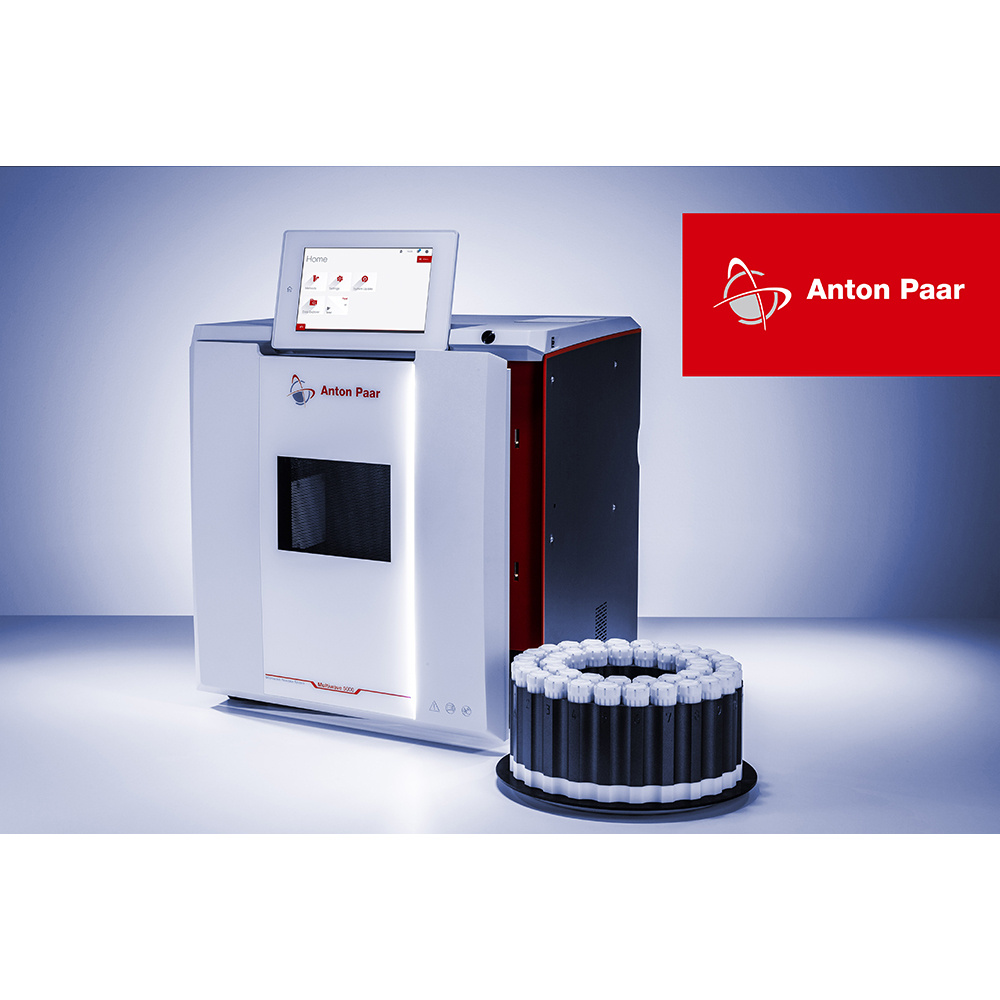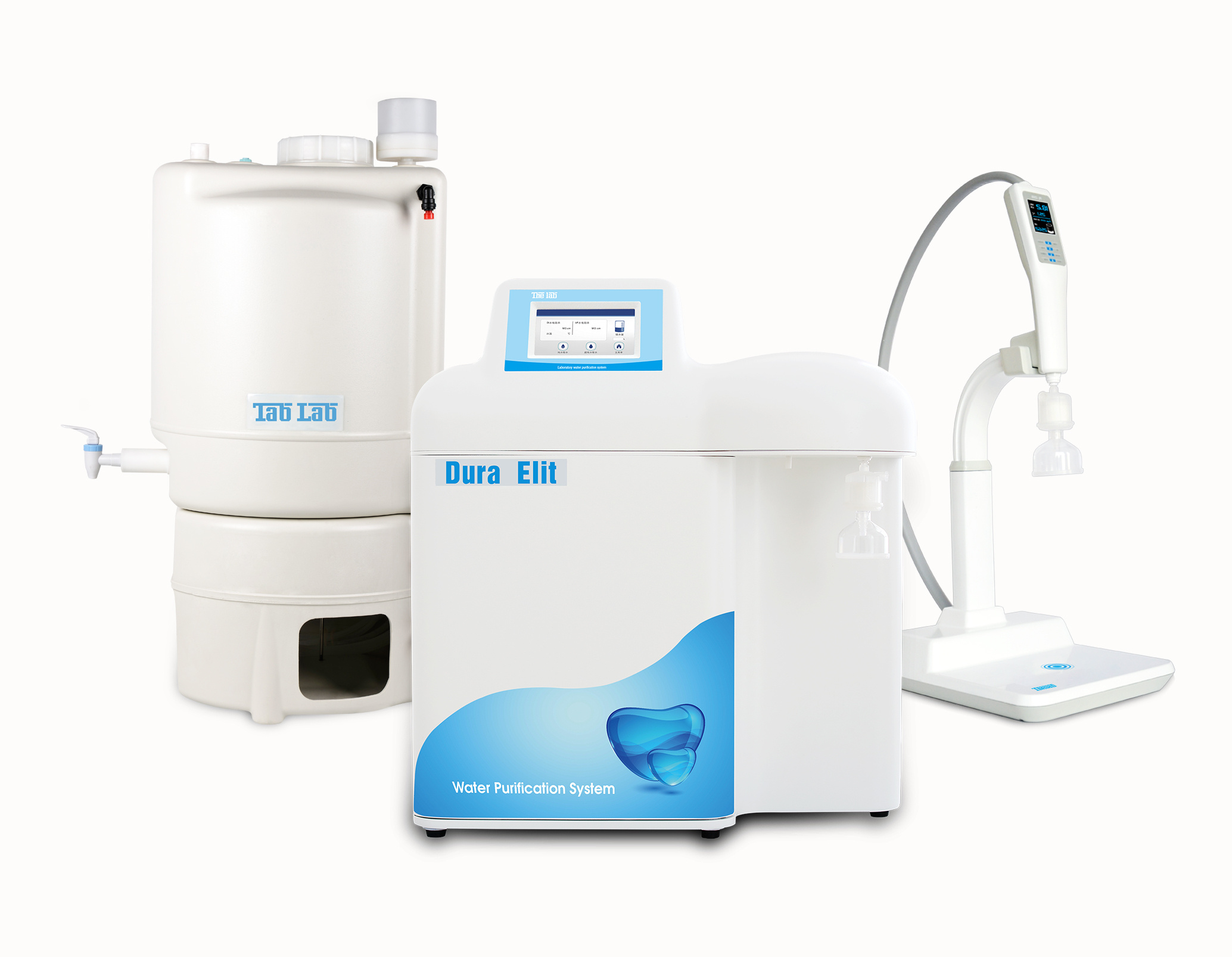我公司供应质优价美的科研产品,多聚腺苷酸结合蛋白抗体产品质量保证,提供多聚腺苷酸结合蛋白抗体技术支持,有任何质量问题可免费包退包换,欢迎来电咨询!我们将竭诚为您服务!
英文名称 Anti-PABP
中文名称 多聚腺苷酸结合蛋白抗体
别 名 PAB 1; PAB1; PABP 1; PABP1; PABP-1; PABPC 1; PABPC1; PABPC2; PABPL1v Poly A binding protein 1; Poly A binding protein cytoplasmic 1; Polyadenylate binding protein 1.
浓 度 1mg/1ml
规 格 0.1ml/100μg 0.2ml/200μg
抗体来源 Rabbit
克隆类型 polyclonal
交叉反应 Human, Mouse, Rat, Pig, Horse, Rabbit
产品类型 一抗
研究领域 免疫学 信号转导 转录调节因子
蛋白分子量 predicted molecular weight: 70kDa
性 状 Lyophilized or Liquid
多聚腺苷酸结合蛋白抗体的功能抗体的主要功能是与抗原(包括外来的和自身的)相结合,从而有效地清除侵入机体内的微生物、寄生虫等异物,抗体(antibody)是一种应答抗原产生的、可与抗原特异性结合的蛋白质。每种抗体与特定的抗原决定基结合。这种结合可以使抗原失活,也可能无效但有时也会对机体造成病理性损害,如抗核抗体、抗双链DNA抗体、抗甲状腺球蛋白抗体等一些自身抗体的产生,对人体可造成危害。
免 疫 原 KLH conjugated synthetic peptide derived from human PABP
亚 型 IgG
纯化方法 affinity purified by Protein A
储 存 液 0.01M PBS, pH 7.4 with 10 mg/ml BSA and 0.1% Sodium azide
产品应用 WB=1:100-500 ELISA=1:500-1000 IP=1:20-100 IHC-P=1:100-500 IHC-F=1:100-500 IF=1:100-500
(石蜡切片需做抗原修复)
not yet tested in other applications.
optimal dilutions/concentrations should be determined by the end user.
保存条件 Store at -20 °C for one year. Avoid repeated freeze/thaw cycles. The lyophilized antibody is stable at room temperature for at least one month and for greater than a year when kept at -20°C. When reconstituted in sterile pH 7.4 0.01M PBS or diluent of antibody the antibody is stable for at least two weeks at 2-4 °C.
Important Note This product as supplied is intended for research use only, not for use in human, therapeutic or diagnostic applications.
产品介绍 This gene encodes a poly(A) binding protein. The protein shuttles between the nucleus and cytoplasm and binds to the 3' poly(A) tail of eukaryotic messenger RNAs via RNA-recognition motifs. The binding of this protein to poly(A) promotes ribosome recruitment and translation initiation; it is also required for poly(A) shortening which is the first step in mRNA decay. The gene is part of a small gene family including three protein-coding genes and several pseudogenes.[provided by RefSeq, Aug 2010].
Function : Binds the poly(A) tail of mRNA. May be involved in cytoplasmic regulatory processes of mRNA metabolism such as pre-mRNA splicing. Its function in translational initiation regulation can either be enhanced by PAIP1 or repressed by PAIP2. Can probably bind to cytoplasmic RNA sequences other than poly(A) in vivo. Involved in translationally coupled mRNA turnover. Implicated with other RNA-binding proteins in the cytoplasmic deadenylation/translational and decay interplay of the FOS mRNA mediated by the major coding-region determinant of instability (mCRD) domain. Involved in regulation of nonsense-mediated decay (NMD) of mRNAs containing premature stop codons; for the recognition of premature termination codons (PTC) and initiation of NMD a competitive interaction between UPF1 and PABPC1 with the ribosome-bound release factors is proposed.
Subunit : Component of a multi subunit autoregulatory ribonucleoprotein complex (ARC), at least composed of IGF2BP1, PABPC1 and CSDE1. Interacts with IGF2BP1.
Subcellular Location : Cytoplasm. Nucleus.
Tissue Specificity : Ubiquitous.
Post-translational modifications : Phosphorylated by MAPKAPK2.
Methylated by CARM1. Arg-493 is dimethylated, probably to asymmetric dimethylarginine.
多聚腺苷酸结合蛋白抗体Similarity : Belongs to the polyadenylate-binding protein type-1 family.
Contains 1 PABC domain.
Contains 4 RRM (RNA recognition motif) domains.
Database links : NCBI Reference Sequence: NP_002559.2
UniProtKB/Swiss-Prot: P11940.2
![]()















